Four Ways We Contribute to Conservation
The Virginia Zoo is known for its animals, exhibits, gardens and events, but did you know that the Zoo serves a higher purpose than just being a local attraction? The Zoo’s mission is to save and protect the world’s wildlife by inspiring a passion for nature and taking conservation action at home and around the world, and there are several ways we accomplish that. Here are four different ways we contribute to conservation.
1. Staff Initiatives
Our staff are dedicated to conserving and protecting our world, its resources and everything natural. For years, the Zoo and its staff have participated in conservation programs, including mission trips to help save tapirs in Brazil, tortoises in New Mexico and orangutans in Malaysia. In the Zoo’s own backyard, Keepers participate in the annual FrogWatch USA program, which uses citizen scientists to record local populations of rare frog and salamander species. Staff contribute to the conservation of each of these species by getting down and dirty to track individuals, create new habitats and conduct endless amounts of research.
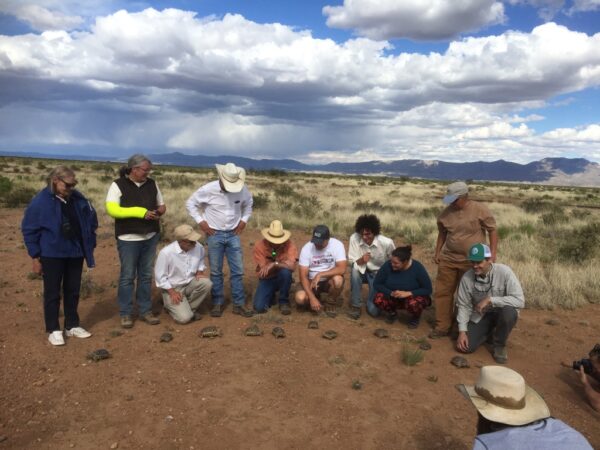
On Zoo grounds, staff and volunteers are committed to their roles as informational resources to guests. The Conservation Youth Team is comprised of more than 40 teenagers who dedicate an entire summer to volunteering for conservation projects, trail-hosting animal bio-facts, assisting with summer camps and answering guests’ questions. These teens contribute to conservation by being advocates for the next generation to protect and save the world.
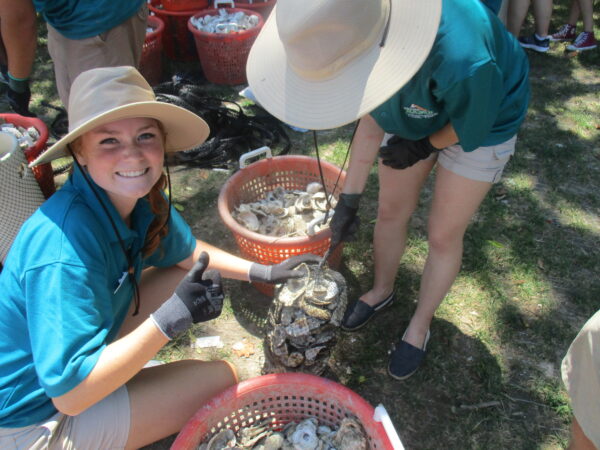
While Zoo staff have always been conscious of their impacts on the world, this year the Zoo stepped up efforts by participating in a Plastic Free July. The Zoo was among 78 different zoos and aquariums who participated in a month without single-use plastics. Efforts included ditching plastic straws, using reusable water bottles, and even composting pet waste. The Zoo finished in sixth place thanks to the tremendous efforts made by 151 staff members, and helped keep tons of plastic away from our oceans and wildlife, conserving the future of several marine species.

2. Donations and Fundraisers
When the Zoo can’t physically take part in helping preserve species and their habitats, we often donate to those who can. The Zoo has contributed three percent of its income to conservation programs all over the world. Just within the past year, the Zoo has donated thousands of dollars to support several projects in Africa.
Proceeds from a naming contest for our lion cub, now named Emery, were donated to the Lion Pride Alliance, who is working to protect lions from poaching and habitat depletion. Along with the New Nature Foundation, the Zoo received a grant and made a donation to support new projects to enhance the connection of kids and their families to the natural world in Uganda. By donating to various conservation organizations, the Zoo is creating partnerships and showcasing that we are committed to saving species no matter the cost.
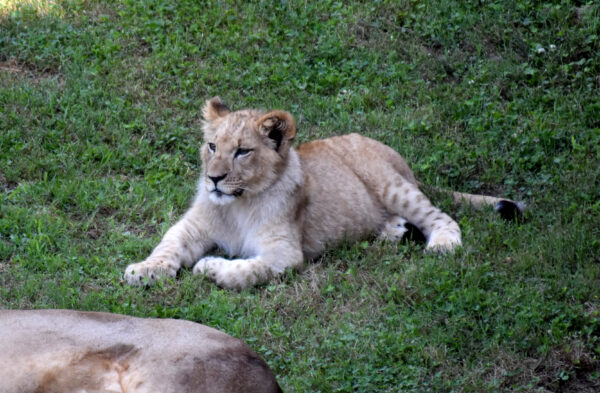
A few times a year, the Tidewater Chapter of the American Association of Zoo Keepers, which includes staff from the Virginia Zoo, Virginia Aquarium and Virginia Living Museum, hosts events and fundraisers to help organizations conserve and protect species. Every summer, the AAZK hosts Bowling for Rhinos, which is a national initiative to raise money to combat rhino extinction. Since the start of the program in 1990, the AAZK has raised more than $7.4 million.
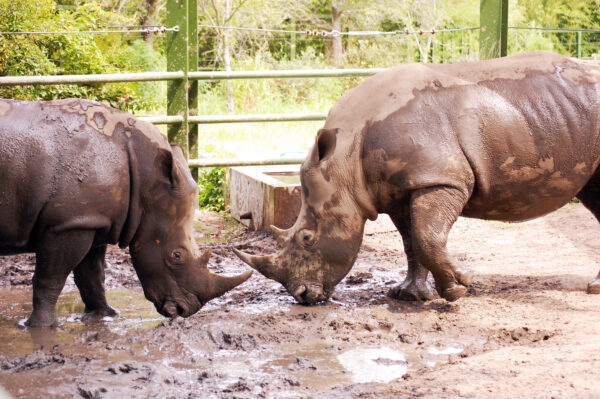
The Zoo has been working to construct new Quarters for Conservation kiosks, which will allow guests to choose a conservation program they would like to donate to by playing a short game at a kiosk. Once the kiosks are completed, guests will be able to choose from eight different field conservation programs and all of the proceeds will be donated to each respective organization. This gives our Zoo fans the opportunity to feel like they can personally help make a change for wildlife.
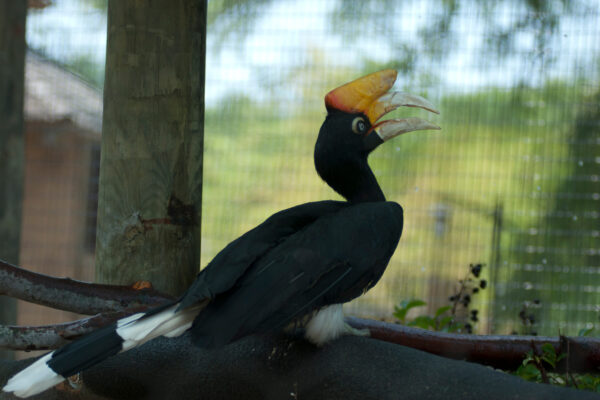
3. Species Survival Plans
One of the most notable ways that the Zoo contributes to conservation is by being accredited by the Association for Zoos and Aquariums (AZA) and participating in Species Survival Plans (SSP) for several species. AZA’s mission of SSP is to oversee population management of these species and to enhance their conservation in the wild. The SSP programs, which are led by expert advisors, also ensure the species’ survival in the wild through conservation efforts such as programs to combat poaching and the illegal wildlife trade. Maximizing the genetic diversity of the species and appropriately manage the demographic distribution is a priority of the SSP, which is why animals are often transferred to different zoos, or even back into the wild to help grow depleting populations.
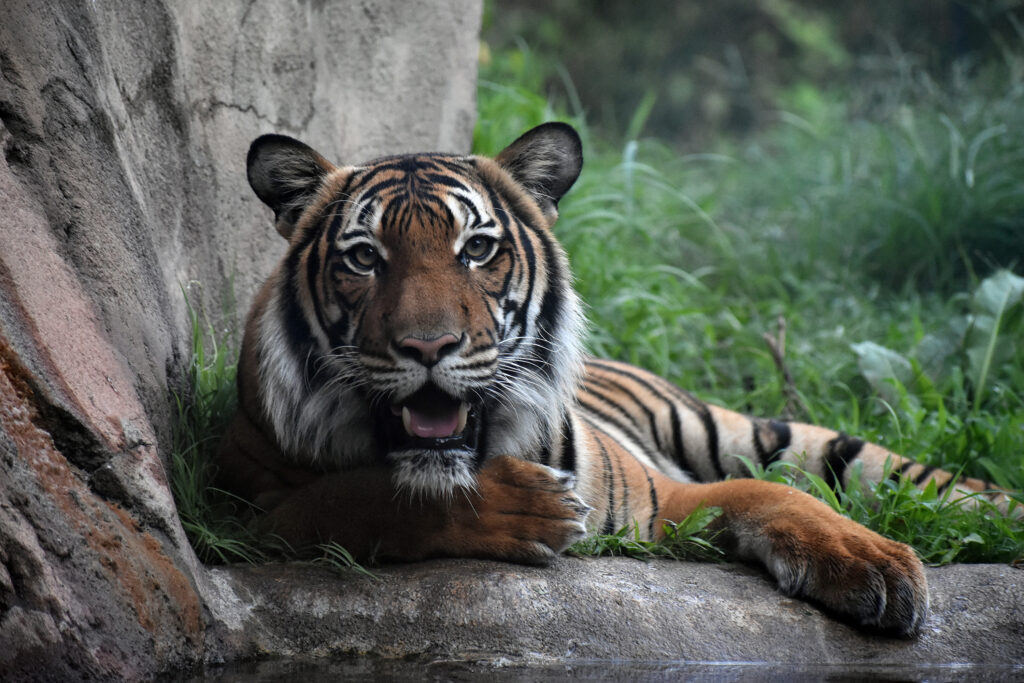
There are more than 500 SSP species, and the Virginia Zoo participates in more than two dozen of these programs. With the opening of the World of Reptiles and Friends in June, the Zoo doubled the number of species that are currently under an SSP.
4. Education
The Zoo’s conservation efforts extend beyond donations and breeding programs. We are always doing our part to protect the world for future generations, but we also need to educate others and encourage them to do the same. This is why we host EdZoocation and Animal Appreciation events for people of all ages, among offering camps and field trips for children, and even hosting special presentations for adults from people who have seen conservation projects work firsthand.
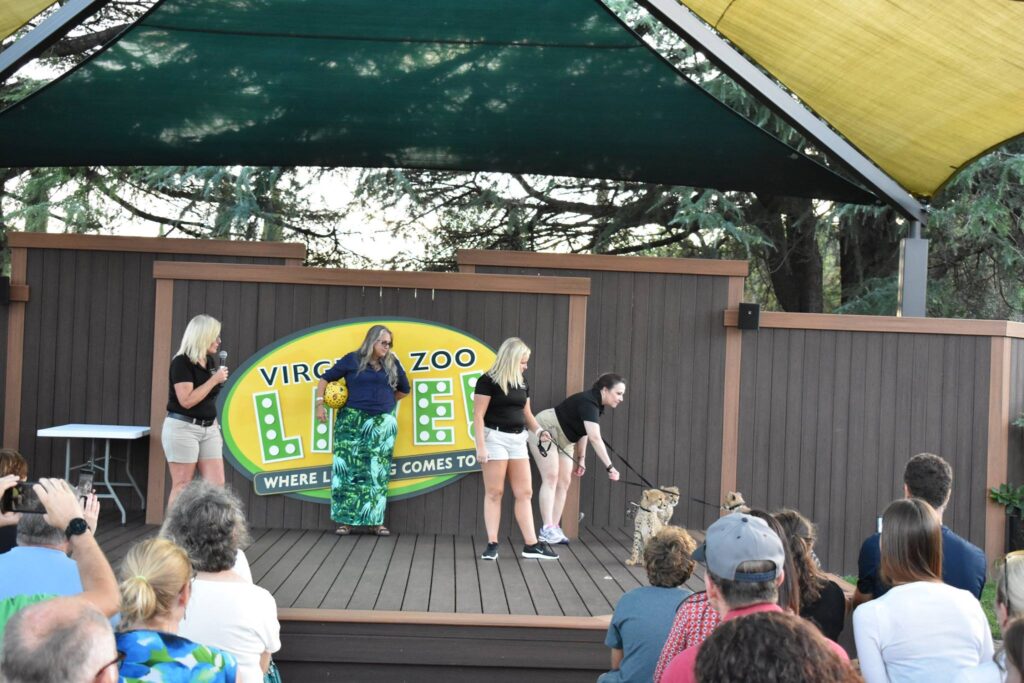
For the past three years, Mary Wykstra from Actions for Cheetahs in Kenya has traveled to the Zoo to talk about the organization’s work to save cheetahs in the wild. This year’s Cocktails for Conservation was a sold out event, meaning we were able to help educate hundreds of people on the importance of conservation. Due to our Zoo fans’ love for baby Sofie, the Zoo also hosted the Borneo Orangutan Survival Foundation earlier this year to encourage people to learn more about the need to protect orangutans in the wild and why Sofie’s birth is extremely important for her species.

The conservation work we do, from field work to donations, increasing species populations through breeding and educating the public, the Zoo and our guests can be, and already are, stewards for nature. Without conservation, our world would be a different place without many of our beloved animals and plants. We’re more than a place to see exotic species, we’re doing real work to conserve and protect the natural world around us, and we want you to be able to do the same. Let’s all pledge to be committed to conserving our wildlife and do all we can for years to come.